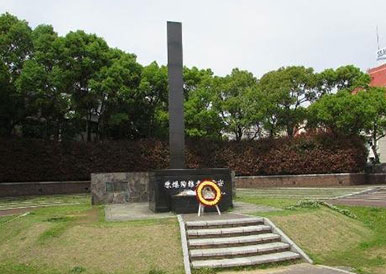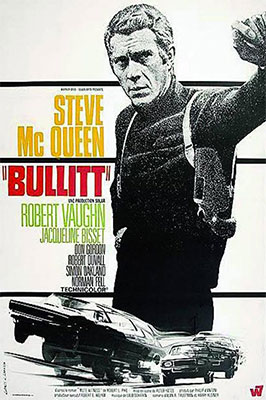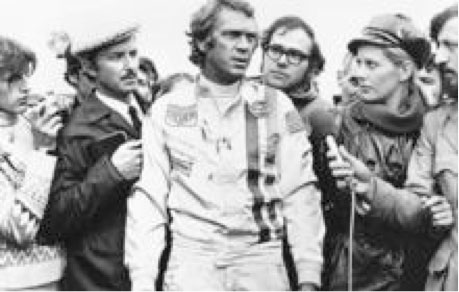
(Ground Zero monument at Nagasaki).
I got lost this morning, looking at papers generated on another carrier in another ocean far away from the Wine Dark Sea.
I was looking to see if I had written an account of the Fighter Squadron One-Five-One visit to Nagasaki when our ship was in Sasebo, on the island of Kure. We had a chance to get away for the day and see the site of the place they dropped the second Atom Bomb.
You know why I was thinking about it, of course: The President is going to stop by Hiroshima, for reasons I am not sure I completely understand. His people say it is not an “apology” for using The Bomb, but it sure seems that way to me. Of course, I went to visit just to see it, so maybe he is just being a really first class tourist.
Anyway, I recall our visit to Ground Zero to have been a pleasant one, if a little sobering. We were not nearly as boisterous on the trip back.
The city around it was fully restored and vibrant, and I eventually decided that I agreed with our pal Mac Showers, who was Chief of the Estimates Section at the Forward HQ on Guam, that the invasion of the Home Islands would have killed or wounded a million American kids, and probably done the same thing to millions of Japanese civilians.
So, on a pure cost benefit analysis, I still think using The Bomb saved face all around, and was the right thing to do. And I agree with my late pal Jinny Martin, who visited Hiroshima a decade after the attack and sniffed that she thought that maybe it might have been better all around “if the Japanese had not started it in the first place.”
Blunt assessment, but true.
Anyway, I could not find the account of the visit in the mass of- no kidding- actual carbon copies of the stories I was doing in those days. We called them “letters,” and they went by a distribution system called the “U.S. Postal System.”
Anyway, I appreciate you bearing with me and reading this ancient material on a long-ago cruise in the fabulous Med. I think there may be another couple stories there in that mass of paper and magnetic media in antique formats.
I forget if I have bored you with the stop in the marvelous city of Barcelona, and the very strange ending of the last big night in that techno club where no one was dancing with anyone in particular- we were just jerking about with ourselves to the insistent throbbing beat of the music in the dark. It was a good time.
And the tapas? And that amazing garlic mayonnaise on the side? Fabulous.
It has been a fun romp through the months in which the Cold War ended, riding on one of the weapons that would have fought it, had the balloon gone up.
I had written the cinema verite account of the 1989-90 deployment under the working title of “Cruisebook,” as a tribute to the high-school year-books many ships put together to serve as an aide memoir of the Good Old Days for sailors with dimming memories. The bits about adventures ashore are as fresh today as they were then, but I worked as hard to try to capture the excruciating, numbing effort it takes for thousands of people to operate a mobile jet-port on the high seas.
Peacetime operations are hard enough- just imagine the level of effort that goes into actually making the ship do what it is designed to do: wreak violent kinetic havoc on the shore.
Looking over the graphic sampling of that sort of life made me appreciate the effort that went into it, and also realize how unapproachable the experience is for anyone who has not been there. The best way I can explain it all is to compare it to a project the actor Steve McQueen did in the later stage of his career, when his box office bankability let him do pretty much what he wanted, though his artistic soul was tortured by the Glitter Factory nature of the film industry.

You know from the car chase sequence in the movie “Bullitt” that Steve was a pretty good amateur driver. He liked to race in some of the SCCA events, having the money to burn on the hot wheels of the day. He got a chance to actually go for the Big Time, and raced at the 12-hours of Sebring. He wanted more, though. He decided to part ways with the usual Hollywood system of the day and produce his own “ultimate racing movie,” a feature-length film encompassing the reality of the legendary 24-hour endurance race in Le Mans, France.
Steve was coming off some magnificent films, but this one was going to be done his way. For the 1970 Le Mans race, his film crew covered the race in documentary-style, with camera cars actually on the track with real competitors, playing themselves and not acting at all. The film became a legend and there are supposed to be millions of feet of film accumulated over six months of shooting.

(Steve as he appeared in “Le Mans” (1971). Cinema Center Films).
Problem was there wasn’t a script, nor character development, nor sex, and only the incidental violence that can occur in racing machines at speed. That is equally true of “Cruisebook.” I mean, what kind of development could you expect from Lutt-Man or myself?
For all the problems, the film that was eventually released as “Les Mans,” and it is not a bad film, if you like cars and authenticity. It did lack a plot, and only resonated with the aficionados of endurance motor sports. The movie has become a cult favorite, enshrined in the pantheon of cinematic realism and blunt refusal to toe the line on the conventional Hollywood narrative, like having an actual plot.
Same deal with my account. In the effort to be in the moment, it is all about just that: a moment, the blink of an eye. Anyway, I am going to wrap up the odds and ends of that cruise in something more approachable, and leave the mass of “Cruisebook” as what it is: a quirky narrative of nautical realism with a blunt refusal to have a plot.
Instead, I think we are going to have a compilation of port visit stories. The only part I am going to have to try to explain intelligently is why we acted the way we did when we got ashore, which is going to be a trick. Otherwise people might get the impression that the carrier Navy is an institution devoted to delivering its officers to the most curious bars, bistros and houses of ill-fame with no apparent guiding principal.
I think you will like the Fly In chapter when we eventually return to Naval Air Station Cecil Field, a Master Jet Base north of Jacksonville, FL, and the families are re-united and everyone gets closure, of a sort. It is kind of a funny story, and we didn’t all die the way we probably should have. That would have been a cool ending to the story- but naturally there would have been no one to write it, so I am glad it worked out the way it did.
Copyright 2016 Vic Socotra
www.vicsocotra.com
